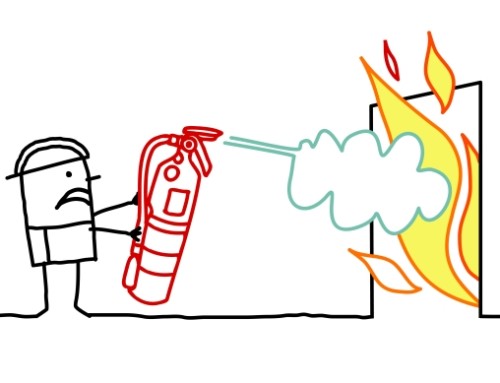In this article, I will discuss guidelines for discussing traumatic events which facilitate organizing memories effectively.
Estimated reading time: 3 minutes.
In my last article, I discussed how the challenging task of discussing the details of traumatic events leads to many benefits which facilitate healing for clients with post-traumatic stress disorder (PTSD). One of the benefits was that discussing traumatic events facilitates the organization of these events in a person’s memory. In turn, I indicated that organizing the details of traumatic events in memory is fundamental to healing from PTSD by using the metaphor of organizing books in a bookcase. This metaphor has been discussed by PTSD expert Dr. Anke Ehlers of Oxford University in England.
To organize memories effectively, it is important that discussions of traumatic events follow research-based guidelines. In the following sections, I will discuss these rules for efficiently organizing the books on the shelves of the bookcase.
Methods for discussing traumatic events
Traumatic events are easier to organize in one’s memory if an effective method is used to discuss those events. Two widely used methods are imaginal reliving and narrative retelling.
Imaginal reliving
Imaginal reliving entails the person talking about the event to their therapist as if it were happening in the present. They do so by discussing what is happening along with reporting what they are thinking and feeling, typically using the present tense. Closing one’s eyes is a common tactic which allows the person to better imagine that they are reliving the event by shutting out distractions in their immediate environment.
Imaginal reliving facilitates organizing memories of the traumatic event by allowing the person to recount what they remember in sequence as if the event were happening now. Organization is enhanced by identifying gaps and/or inconsistencies in the chain of events.
Although it can be effective for organizing memories, imaginal reliving can be a challenging method to use when a person is initially discussing a traumatic event. The reason is that discussing events as if they were happening now, especially with one’s eyes closed, is likely to evoke strong emotions from the person discussing them. And although experiencing emotions when discussing traumatic events is as fundamental to healing as organizing the events in one’s memory, facing these emotions early in therapy can be daunting. For these reasons, narrative retelling is often the preferred method of discussing traumatic events early in therapy. Narrative retelling
Narrative retelling
Narrative retelling entails having the person discuss traumatic events as if they were reporting on them either verbally or in writing. Using the past tense and having one’s eyes open results in this method evoking emotions at a less intense level.
This is usually more manageable emotionally for people who are discussing the events for the first time. In turn, feeling more in control of one’s emotions often makes it easier to achieve the goal of organizing events in one’s memory because the person can think more clearly about gaps and inconsistencies in their story.
Narrative retelling is also more effective than imaginal reliving for organizing multiple traumatic events as well as traumatic events which occur over an extended period.
Identifying and addressing hot spots in the narrative
Hot spots are parts of the narrative of traumatic events which are particularly distressing. They are typically driven by inaccurate beliefs the person developed when the events occurred. For example, the victim of an assault may have believed that they could have prevented the attack had they behaved differently when the facts of their narrative indicate otherwise.
Substituting more accurate versions of hot spots helps reduce the distress the person experiences when discussing traumatic events. In turn, experiencing less distress when discussing traumatic events makes it easier for the person to organize their memories. In the example, this would entail the person indicating that they could not have acted to prevent the assault.
Realizing the benefits of organizing trauma memories
As memories of traumatic events become organized through the challenging work of discussing them, the benefits are realized through less frequent reexperiencing of these events through memories, flashbacks, nightmares and being triggered by stimuli which are reminders of the events.
Just as books on a bookcase are more likely to force the door open when they are disorganized, trauma memories intrude on one’s consciousness when they are disorganized. In contrast, just as books on a bookcase are more likely to stay in place and not force the door open when they are organized, trauma memories are less likely to intrude on one’s consciousness when they are organized.
May you use effective strategies for organizing the books in your bookcase,
-Dr. Pat





Leave A Comment